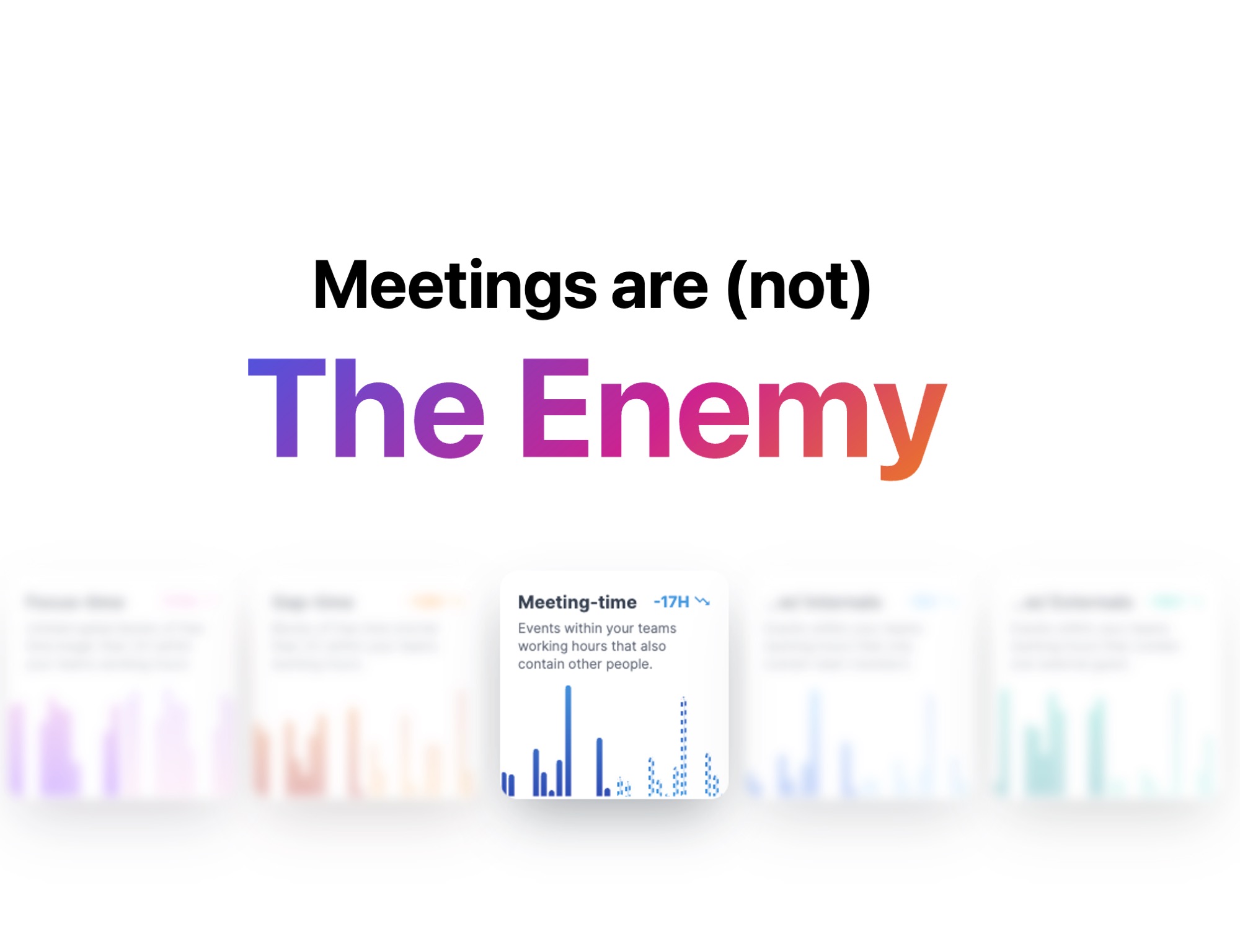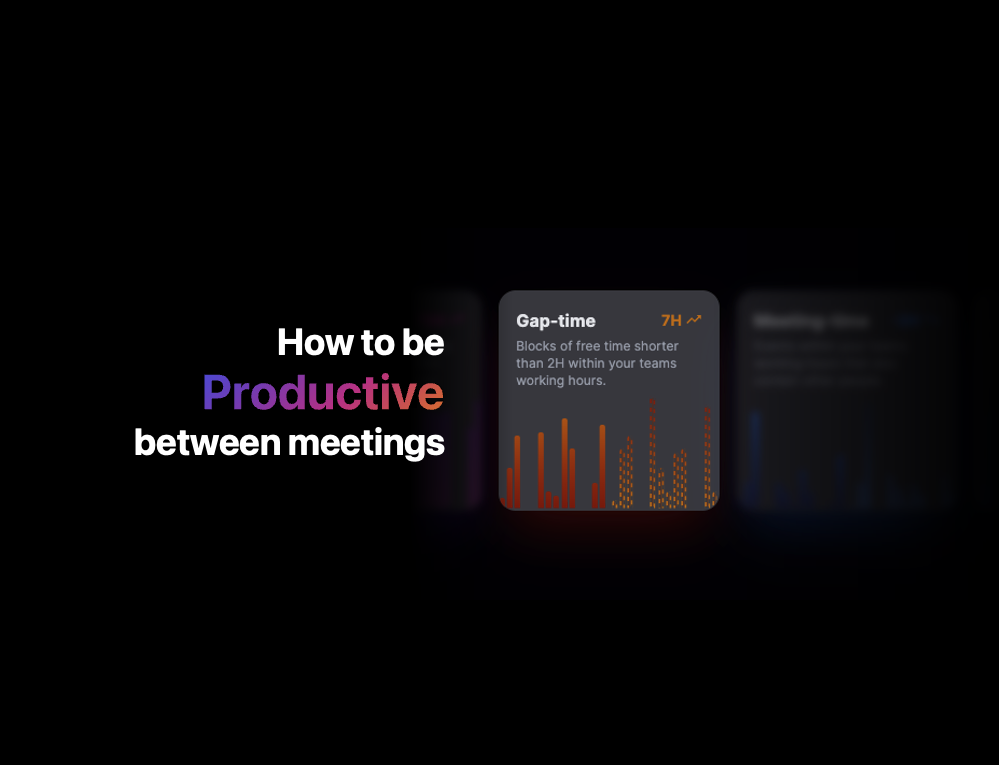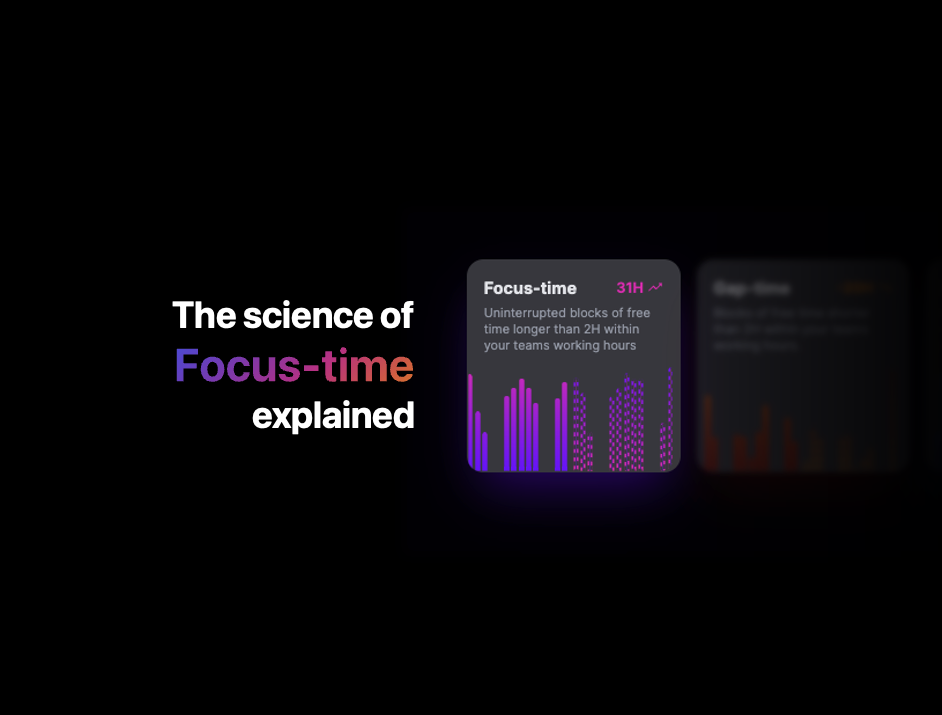
We’re chatting with another amazing company about how they do one-on-one meetings with their team: SeatGeek!
SeatGeek is a 💯 ticket search engine and aggregator, but it’s also a company committed to culture, communication and feedback – in fact, it’s on Glassdoor’s list of Best Places to Work in 2018.
We sat down with Paula Segal, SeatGeek’s Director of Product Management to talk about the challenges she faces in her one-on-ones, the biggest mistake managers make in one-on-ones, her key success metric for one-on-ones and more!
Paula’s 1:1 basics:
- # of direct reports: 6
- Office or remote?: Office
- Frequency: Weekly
- Length: 30-60 minutes
- Go-to question: “How is your week going?”
Why do you do one-on-ones?
I tell everyone when they start that 1:1 time is their time, and that they should be driving the agenda.
1:1s tend to vary from week to week, but some key things that are accomplished in my 1:1s are giving direct reports an opportunity to get feedback (on anything from their performance, to a new product idea, to a problem they are trying to address), connecting on a personal basis, talking about career growth, answering questions about team and company strategy and longer-term vision, and finding out how I can best support each individual. The most important thing I bring with me is my undivided attention.
How long are your one-on-ones?
Usually 30 minutes, but sometimes I’ll extend them to be 45 minutes or an hour if I know someone has been having a stressful week, has a lot going on, or if we’re doing a planned feedback session.
How do you prepare for your one-on-ones?
I review my notes from the past week or two for that direct report, and usually add a few things in. I also check in on open follow-up items, and make sure that I either have an answer or a status update on anything where the ball is currently in my court. If I’m waiting on more information from someone else, I’ll at least acknowledge that – I don’t want anyone thinking that I’ve forgotten about them!

What’s on your one-on-one agenda?
It constantly changes – especially because my direct reports set the agenda more so than I do. I maintain a list of topics to cover as well (some are time-sensitive, some are not), but if we don’t have time for my topics in our 1:1, then I’ll follow up on those things afterward.
Do both you and your employee add items to the agenda?
We don’t have a shared agenda; I encourage my direct reports to come with their own list of discussion topics and I make sure we get through their agenda first. I have agenda items on my list as well, but if we don’t get through everything on my list I’ll follow up with them afterwards – either over Slack, with a separate meeting or sometimes it can wait until our next 1:1. Sometimes I have quick “housekeeping” items which I’ll run through in the last couple of minutes.
What are your go-to one-on-one questions?
“How is your week going?” is often a good way to get the conversation going.
“What else can I help you with?” reminds direct reports that they should use me as a resource, even when trying to work through things on their own.
"What else can I help you with? reminds direct reports that they should use me as a resource, even when trying to work through things on their own." – Paula Segal of @SeatGeek on her go-to one-on-one questions. Click To TweetWhat’s your biggest challenge with one-on-ones?
I have a diverse array of folks on my team – different personalities, different skill sets, different stages of their careers. I used to have blocks of 1:1 time where I would do several of them back-to-back – it seemed like the most efficient way to schedule, especially considering that between direct reports, skip levels, peers, etc, I do 10 to 15 1:1s per week!
I realized that I was cheating some of my direct reports out of “customized” time for each of them – everyone needs very different things from me, and by breaking up my 1:1s over the course of the week, I’m better able to take more time to prepare before each one, and come into the meeting in the right mode for that report.
How do you know if you’ve had a successful one-on-one?
If only I was a mind reader! Sometimes I will actually ask “Was this helpful?” at the end of a meeting, but more often it’s about assessing body language and tone, as well as reflecting on what we discussed.
I also think that it’s hard (and maybe not even that helpful) to evaluate individual 1:1s, but more want to see “success” in the progression of our 1:1s and our relationship. I love when direct reports feel comfortable bringing up tough topics or being brutally honest. Creating an atmosphere where they feel completely comfortable to discuss whatever is on their mind is probably my key success metric for 1:1s, as difficult as it may be to quantify.
"Creating an atmosphere where they feel completely comfortable to discuss whatever is on their mind is probably my key success metric for 1:1s, as difficult as it may be to quantify." – Paula Segal of @SeatGeek Click To TweetWhat’s the most memorable conversation you’ve ever had in a one-on-one?
I used to have a direct report who worked remotely from Nairobi. We once ended up spending much of a 1:1 speaking about Kenyan politics around the time of their election – not only was it very educational for me, but it was also really interesting to discuss the differences in how things were being reported locally and in the US. Since we only met in person twice over the course of her two years with our company, we often carved out time for more casual conversations in order to forge the connections and type of relationship that may come more naturally with people that you see every day.
What’s the biggest one-on-one mistake that managers make?
Dominating the conversation. One-on-ones are about your direct reports, not about you.
Thanks to Paula for her insights! For more company insights, check out our Q&A with Kara McNair, Engineering Manager at Buffer.


